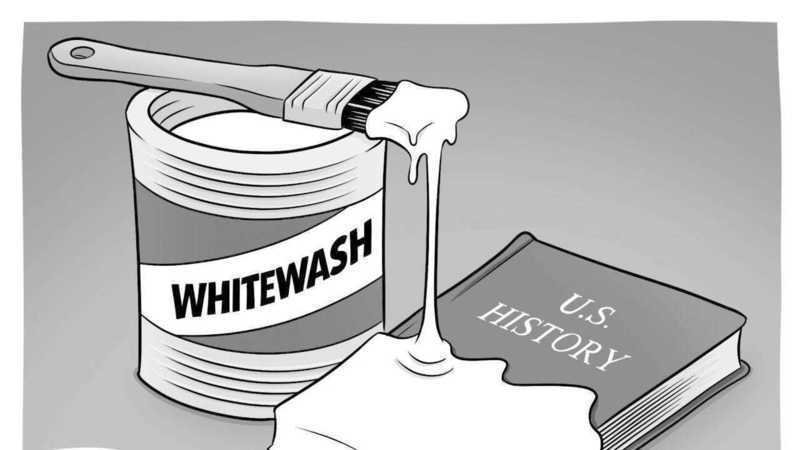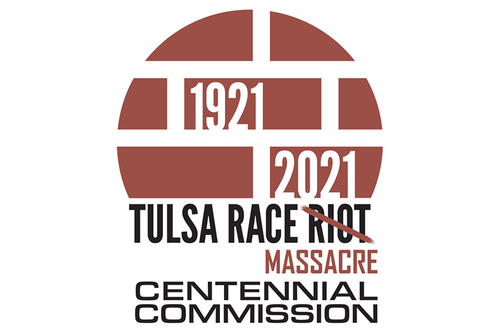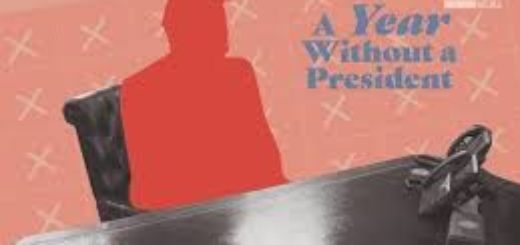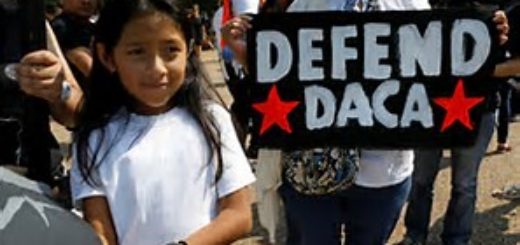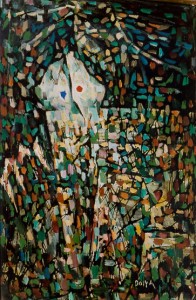Censoring Race in the Classroom Protects Students? It Fortifies a Culture of Ignorance
Ask the good people of Tulsa, Oklahoma: American history cannot be unlived.
Critical Race Theory
You know that conservatives have a new political punching bag when Fox News mentions “critical race theory” 1900 times in a matter of three and a half months. States with Republican governors and/or legislatures are lining up to ban CRT with the vaguest of language and many of them do not even mention the phrase in their legislation.
So what is this subversive idea that’s polluting the minds of our young? Republican talking points suggest that any reexamination of slavery and segregation would inevitably portray white people as being oppressors, even racist, and make them feel “guilt or shame.”
Oh, those poor dears. We wouldn’t want to make them feel uncomfortable. They have enough on their plate.
Racism Without Racists?
Critical Race Theory–note the “theory” in the title–began as a scholarly pursuit in the sixties to better understand the results of the racial reckonings during that period that brought about landmark civil rights legislation and the integration of public schools. It posits that racism isn’t purely a result of individual prejudice but ingrained in our system.
CRT is different from the 1619 Project, a contemporary journalistic endeavor that commemorates the 400th anniversary of the landing of enslaved Africans in colonial Virginia. Of course, conservatives have intertwined the two for their own political purposes.
The Brookings Institution offers a good definition of CRT:
CRT does not attribute racism to white people as individuals or even to entire groups of people. Simply put, [CRT] states that US social insitutions (e.g. the criminal justice system, education system, labor market, housing market and healthcare system) are laced with racism embedded in laws, regulations, rules and procedures that lead to different outcomes by race. Sociologists…have noted that racism can exist without racists.
Brookings
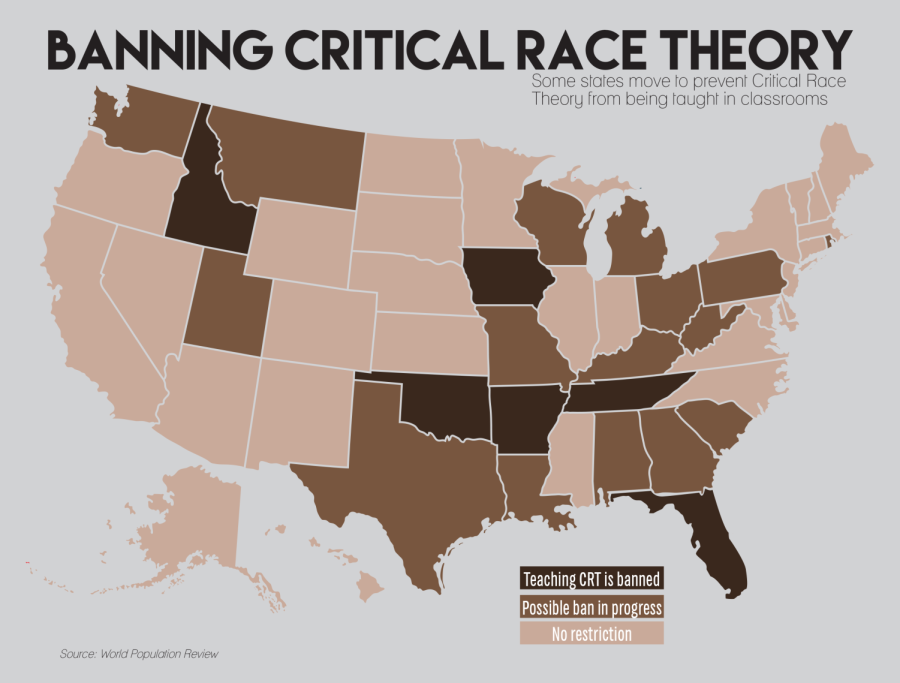
Oklahoma Bans CRT
Oklahoma was one of the first states to ban Critical Race Theory. Gov. Kevin Stitt (R-OK) signed HB 1775 into law last summer. The bill doesn’t even mention the phrase “Critical Race Theory” and its vague language has educators scratching their heads and seeking relief in court.
The law demands teachers to “avoid topics related to race or sex in class materials or discussions or risk losing their teaching licenses.” It also bans educators from teaching that “an individual, by virtue of his or her race or sex, bears responsibility for actions committed in the past by other members of the same race or sex”…or that “any individual should feel discomfort, guilt, anguish or any form of psychological distress on account of his or her race or sex.”
I really doubt there are lines forming outside school psychologists’ offices.
Mums the Word on “Diversity”
The law has led some schools in Oklahoma to discourage teachers from using the word “diversity” and has led to banning from curriculum classic books like To Kill a Mockingbird. The ACLU has challenged HB 1775 in US District Court, citing violations of the Constitution’s first and 14th Amendments.
Oklahoma has picked an interesting time to hop aboard the white grievance train. The state has just lived through a racial reckoning based on tragic events that happened almost 101 years ago. The collision of racial healing versus censoring race in the classroom will be a monkey on the back of Tulsa’s future.
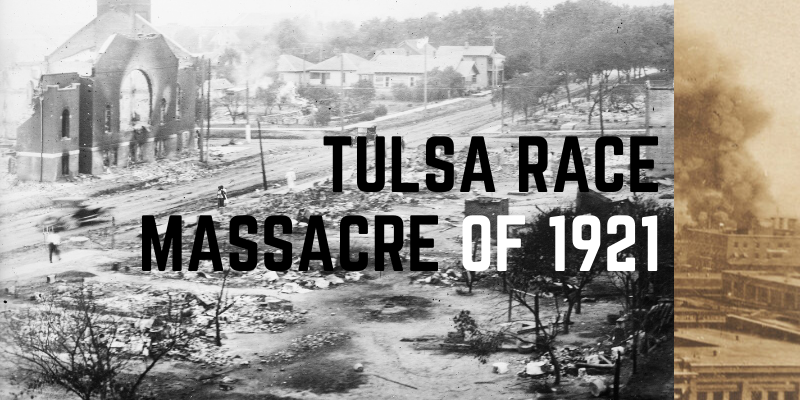
The Burning of “Black Wall Street”
Over a period of 18 hours from May 31 to June 1, 1921, a white mob attacked the predominately Black Greenwood neighborhood in Tulsa, Oklahoma. Dubbed the “Black Wall Street” by a visiting Booker T. Washington, the Greenwood area was a rare self-sufficient middle-class Black neighborhood, with two newspapers, a bank, a school, library, hospital, hotels, and other trappings of middle-class success.
The white population of Tulsa seethed with resentment. All it took was a trumped-up charge of sexual assault of a white woman by a black man (see image below) to engage a white mob to burn Black Wall Street to the ground. Hundreds of Black citizens died; thousands were left homeless. Generations of Black wealth were decimated. It remains one of the worst incidents of racial violence in American history.
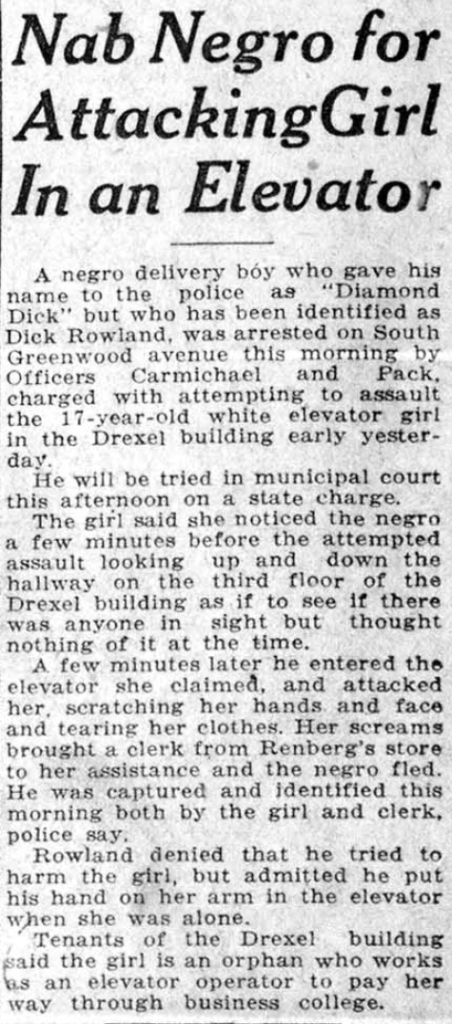
Why Greenwood?
How did Tulsa, Oklahoma house such a bustling, well-to-do minority neighborhood? And why was it wiped off the face of the earth? First, ever since General William T. Sherman issued a post-Civil War proclamation of “40 acres and a mule” for freed Black slaves, white people have systematically expropriated Black land without consequence (my article titled Stealing Black Land is here).
Second, in the aftermath of World War I, Tulsa experienced two phenomena: the discovery of oil which fueled prosperity that “trickled down” to Black populations…along with the resurgence of the Ku Klux Klan, whose purpose was to keep Black aspirations in check through racially-motivated violence.
The Cover-Up
It was not by accident that it would be almost a century until the Tulsa Race Massacre was formally investigated. All constituents in Tulsa’s power structure played a role in the cover-up.
In the week following the carnage, Tulsa’s chief of police ordered his men to round up every single photo of the massacre. The Tulsa Historical Society and Museum was founded in the 1990s, but visitors had to wait until 2012 until a determined museum director, Michelle Place, unveiled photos and documents of the slaughter.
Schools Were Silenced for Almost 80 Years
It wasn’t until the year 2000 that the Tulsa Race Massacre was included in Oklahoma public schools’ curriculum.
“When I started my research in the 1970s,” remembers Scott Ellsworth, a professor of African Studies at the University of Michigan, “I discovered that official National Guard reports and other documents were all missing.
“Tulsa’s two daily white newspapers, they went out of their way for decades to not mention the massacre.”
Tulsa’s Racial Reckoning
The 1921 Tulsa Race Riot Commission (riot was changed to massacre as dramatized in the above image) was formed in 1997 and released its official report in 2001. It summarized the investigation as to what happened. It identified mass grave locations and estimated property loss. It was neutral on the issue of reparations.
Oklahoma State Rep. Don Ross wrote:
Hopefully with this report, the feeling of the state will be quickened, the conscience of the brutal city will be ignited, the hypocrisy of the nation will be exposed, and crimes against God and man denounced. Oklahoma can set such an example.
Don Ross
The summary of the report concluded: “The mob torched the soul of the city, an evil from which whites nor blacks have not fully recovered.”
Coda
Days after he signed the bill that banned the teaching of certain notions of race in the classroom, Gov. Kevin Stitt was removed from the Tulsa Race Massacre Commission. “How do you reconcile your membership on the Centennial Commission with your support of a law that is fundamentally contrary to the mission of reconciliation and restoration?” asked Phil Armstrong, project director of the commission.
The governor never answered the question.
